Cefalù

- Area 66 km²
- Elevation 16 m
- Population 14452 (cefaludesi, cefalutani)
- Cap 90015
- Dialing code 0921
- Web-site https://www.comune.cefalu.pa.it/comune/Default.aspx
Kephaloidion is the greek name of the City which was an indigenous center of V century b.c., very active and prosperous thanks to the relationship with peoples living or passing through Sicily.
In 254 b.c. the city was conquered by the romans with a deceit, and became a Decuman City; Cephaloedium was its latin name. Traces of the roman-greek road system are spread over the city, dominated by Western Roman Empire, Vandals and Goths, Eastern Roman empire, then by Arabs and lastly by the Normans. Only few traces were left by the Byzantines; the arabs, who conquered the city in 858, strongly influenced customs and traditions of the city (during arab domination the city took the name of Gafludi); the Normans left magnificent and monumental traces of their domination.
In 1063 the Great Count Ruggero subdued the town and his son, Ruggero II, returned Cefalú to the Christendom, founding at first S. Giorgio Church (1129) and then the Basilica Cathedral (1131).
After Ruggero II the luck of Cefalú ended, because his heirs proved a lack of interest for the city sake. Whene Federico II (1250) died the city political situation became very confused. Cefalù passed from a feudal lord to another through a welter of dates and events, until in 1451 was definitively acquired by the Bishop. During the spanish dominion came a period of stability; from this moment the city history followed a slow path made of custom issues, tithes, gabelle, confirmations of privileges, letters and royal tickets.
In 1742 born the Trade Consulates (France, Danemark, Sweden, Norway and Netherland).
The city opened to Europe and became one of the Grand Tour destination.
Adjacent municipalities
Castelbuono, Gratteri, Isnello, Lascari, Pollina
